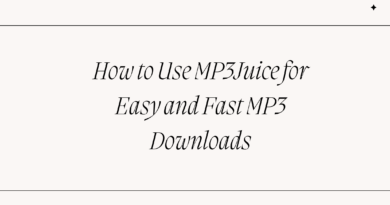The World’s First Text Message vs. Today’s Messaging Apps
Introduction
In 1992, the world witnessed a technological breakthrough when the first-ever text message was sent. Fast forward to today, and messaging apps have transformed how we communicate. From simple SMS to feature-rich apps that support multimedia, encryption, and even AI-driven responses, the evolution has been remarkable. This article explores the journey from the first text message to modern messaging platforms, highlighting their impact on communication and human interaction.
The First-Ever Text Message
On December 3, 1992, engineer Neil Papworth sent the first SMS from a computer to a mobile phone. The message was a simple yet groundbreaking “Merry Christmas.” At the time, mobile phones were bulky, and text messaging was not even a standard feature. This message paved the way for SMS (Short Message Service), which became a dominant communication method throughout the late 90s and early 2000s.
The Rise of SMS and Its Limitations
As SMS gained popularity, it became a staple for personal and business communication. However, SMS had its drawbacks:
- Character Limit: Messages were restricted to 160 characters.
- Cost: Users often paid per message, making long conversations expensive.
- Lack of Media Support: Unlike today’s apps, SMS could only handle plain text.
Despite these limitations, SMS was a stepping stone to more advanced messaging technologies.
The Shift to Instant Messaging Apps
The introduction of the internet on mobile devices paved the way for instant messaging apps. Platforms like BlackBerry Messenger (BBM) and WhatsApp revolutionized how people communicated by providing real-time text messaging over the internet.
Key features that set messaging apps apart from SMS:
- Free Messaging: Unlike SMS, messages were sent via the internet, eliminating per-message costs.
- Multimedia Sharing: Users could send images, videos, and voice notes.
- Group Chats: Allowed multiple participants in a single conversation.
- Read Receipts: Users could see when their messages were read.
The Role of Modern Messaging Apps
Today’s messaging apps have evolved far beyond simple text exchanges. Apps like WhatsApp, Telegram, and Signal offer end-to-end encryption, ensuring secure conversations. Features like disappearing messages, AI chatbots, and seamless integration with social media platforms have made messaging apps indispensable.
Some of the most impactful advancements include:
- 1v1 Chat: Private messaging remains the core function of most messaging platforms, allowing one-on-one conversations with security features like encryption and self-destructing messages.
- 1v1 Video Chat: The ability to have face-to-face conversations from anywhere in the world has revolutionized personal and professional communication.
- 1v1 Video Call: High-quality video calling ensures real-time interaction, making long-distance communication more personal and engaging.
How Messaging Apps Have Changed Society
Messaging apps have had profound effects on human interaction, influencing how we:
- Maintain Relationships: Long-distance relationships are easier with constant digital communication.
- Do Business: Customer support and workplace collaboration now rely on messaging platforms.
- Access Information: Many people get news and updates through messaging apps integrated with AI or chatbot services.
The Future of Messaging Apps
With technology advancing rapidly, messaging apps will continue to evolve. Features such as AI-driven conversations, augmented reality messaging, and blockchain-based security are already emerging. The focus will likely be on making communication more immersive, secure, and intelligent.
Conclusion
From a simple “Merry Christmas” text in 1992 to today’s AI-powered, feature-rich messaging platforms, digital communication has come a long way. As messaging apps continue to advance, they will further shape how we interact, work, and stay connected. While SMS was the beginning, the future of messaging is limitless.




